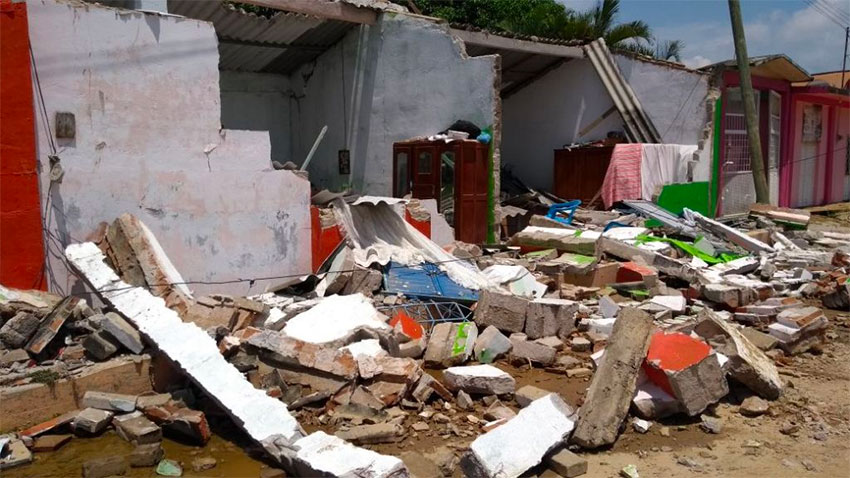
Condividi
02 December 2020
Community counts M.Kelley, G-Boyer,R.Nelson
Valuing – and accounting for – what community groups bring to a grant can pay dividends in terms of its impact and sustainability
Haiti has proved difficult terrain for international funders, with many development projects failing to survive beyond the life of grant funding. But in 2018, women in a grassroots organisation in southwestern Haiti, Fanm Konba, showed remarkable ingenuity in finding their own resources. They applied for funding administered by a grantee of the Inter-American Foundation (IAF) to buy livestock. Following the IAF’s guidelines, the women included ‘counterpart’ – a budget item which takes into account the labour and other material assets community groups contribute to the proposed activities. IAF staff later discovered that they were actually contributing an additional $35 from their own pockets to buy pregnant pigs and goats to increase their herds and maximise their profits. Because the women had been involved in the project from the beginning, with their own ideas and resources, this was a natural further step for them.
The US Congress established the IAF in 1969 to support the initiatives of vulnerable communities that were willing and able to invest their own labour and assets in their efforts. This vision was a response to widespread criticisms in the 1960s that international development cooperation was creating dependency rather than self-reliance. So the IAF adopted two concepts that were groundbreaking for the time in foreign assistance: first, the agency would fund communities’ proposals instead of designing its own projects, and second, the agency would require communities to co-invest in IAF-funded projects.
What is counterpart?
‘Counterpart’ refers to financial or in-kind resources that community organisations contribute to agency-funded projects. In-kind resources include volunteer labour, infrastructure (buildings, equipment, computers, vehicles), land and any other goods and services that would otherwise have to be remunerated, purchased or rented. Community members may volunteer their own time and goods or raise these counterpart resources from the broader community, such as local, national, or international non-profits, governments or businesses.
Communities throughout Latin America and the Caribbean have invested their own resources in communal initiatives for hundreds of years. Traditional practices such as minga in the Andes and kombit in Haiti bring community members together to harvest crops or raise buildings. However, the international aid community has not always recognised these collective efforts as a contribution to development.
Continue…
Condividi